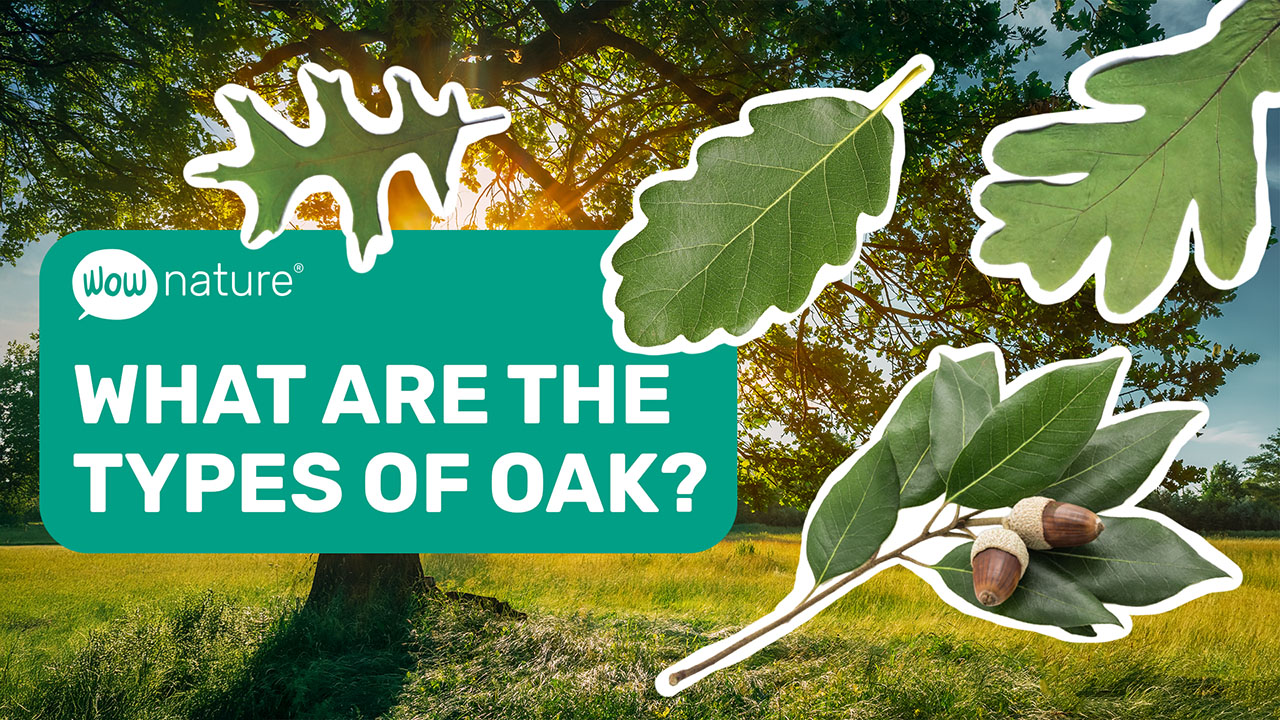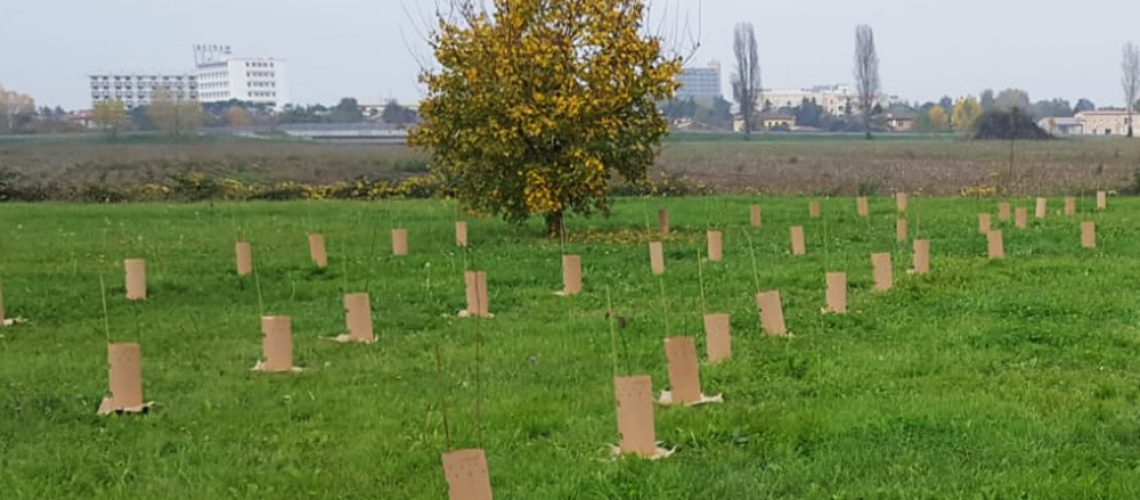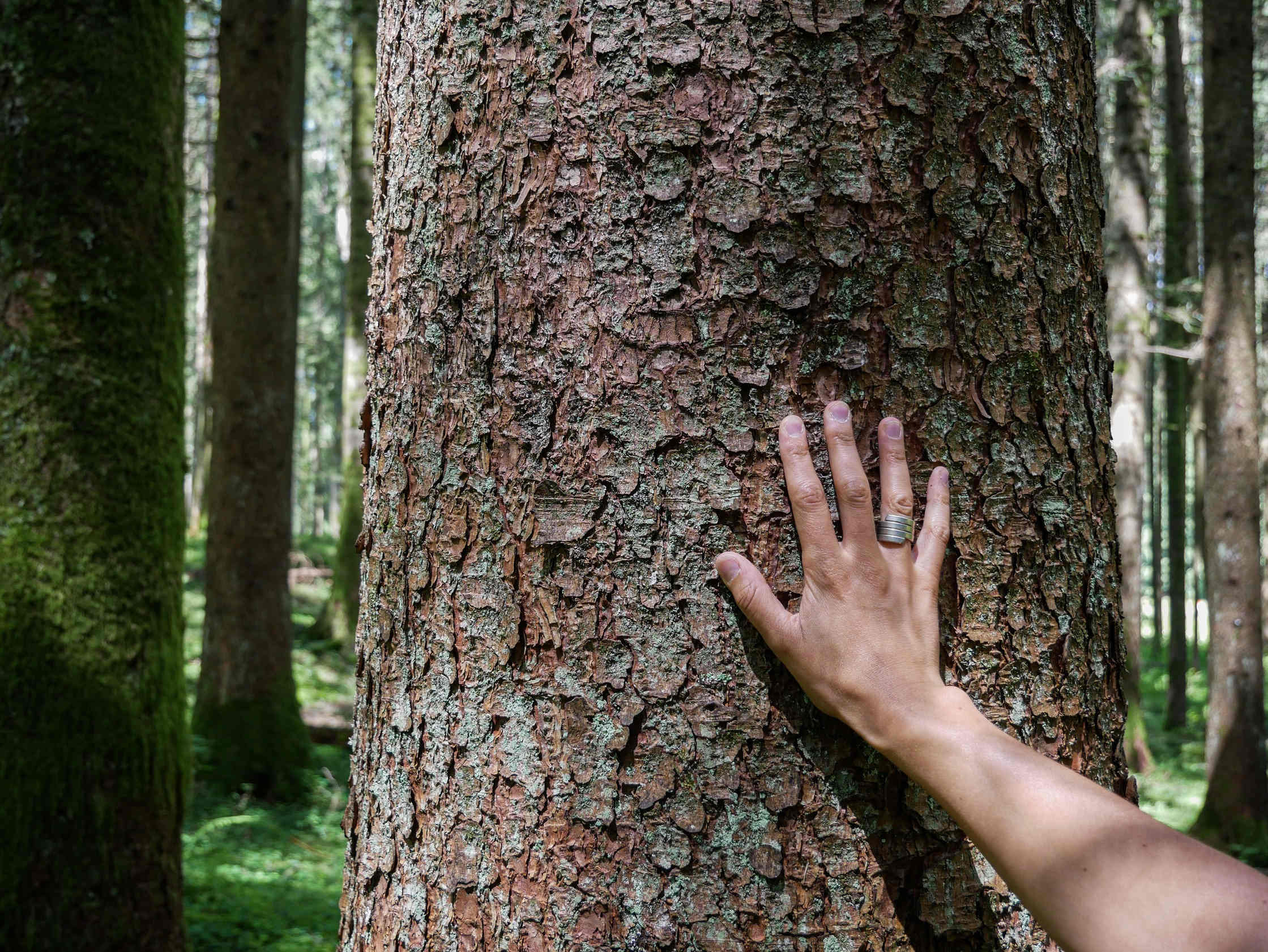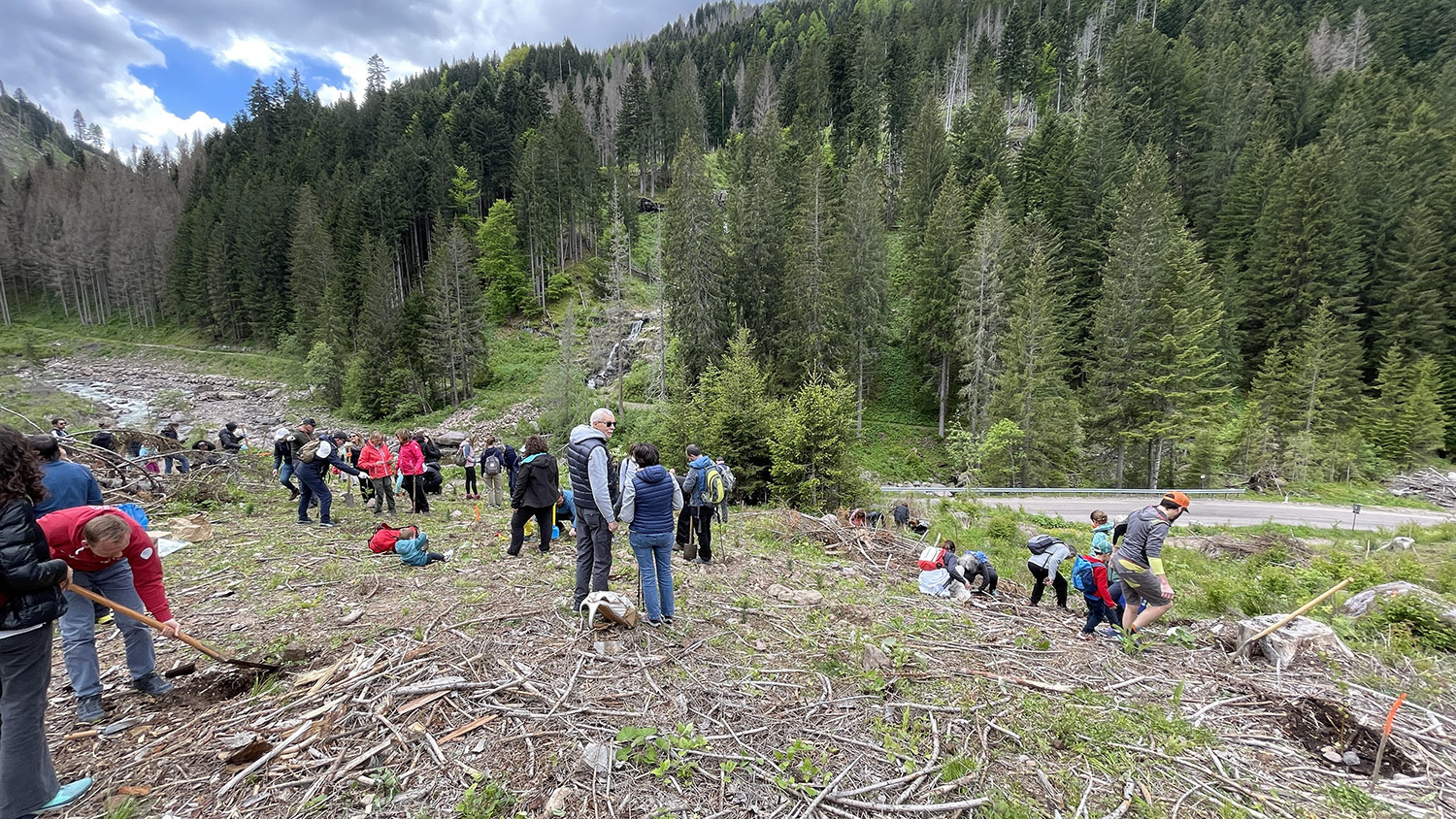
For our urban forests to be resilient, and for them to grow quickly, we design every project carefully. This is how we do it.
A forest, in nature, is a mosaic of specimens, where everyone has its space and its role. Technically, this is called “biocenosis”, or “ecological community”, i.e. a community of organisms that live together, where the interaction of the different species and specimens allow them to survive in a sort of dynamic equilibrium, even if they compete for resources.
When recreating a forest in an area that was altered by humans, it is fundamental to accompany and speed up the process that would occur spontaneously in nature.
Why do we plant thousands of trees all together?
Because nature creates forests in different phases, taking decades to reach maturity.
To make it simple, if we are to explain how a natural forest would appear, we would tell it in this way: in the beginning, the shrubs and the fast-growing trees arrive (such as poplar, willows, etc.) creating a very dense undergrowth with 5,000 to 10,000 plants per hectare. After about 50 years, the species typical of a mature forest would dominate: oaks, hornbeams, maples. It would take about 200 years to have a typical forest of the Po Valley.However, the climate crisis does not allow us to wait so long.Thus, it’s crucial to act quickly; for this reason, we facilitate nature in creating, as fast as possible, a new permanent, functional and close-to-natural forest. Each WOW space has specific features that, during the project design phase, are considered by expert forest technicians and managers before deciding how the reforestation should be realized.
Why, in cities, do we plant the trees in lines and not randomly spread?
We plant the trees in lines, keeping the lines about 3-5 meters away from each other, to facilitate the maintenance that is needed during the first years. In the first 50-80 years, the new trees that we planted will create new seeds that will become seedlings and then trees themselves and they will be spread all around the area in a natural arrangement. If the arrangement was random from the beginning, maintenance would be very difficult and time-demanding and this, in turn, would force us to emit large amounts of CO2 and PM10 due to the use of tools such as the string trimmer.
However, when we talk about line planting (or generally “regular” arrangements), in this case, we refer just to the urban environment; in the mountains and in other natural areas our projects follow other rules because the management of the forests are realized with different timelines, tools and methods.
Why, in cities, do we plant the trees so close to each other?
Within the cities, we plant a high number of trees to do what nature would do in the first phase of the forest’s growth: about 1,500-2,500 plants (trees and shrubs) per hectare. Another advantage of planting trees so close to each other (0.5 to 2 meters) is that each tree’s crown will get close to the others quickly: the shade generated by the totality of the crowns, in turn, prevents invasive species from growing too much (if they did, they would slow down the trees’ growth). Moreover, being close to each other, their roots get in contact quickly and start working together not only for the individual plant’s wellness, but also for the entire forest’s wellbeing.
This is why, when it is considered necessary, we also adopt solutions to protect the young trees from invasive species and to retain water in the soil during the first years.
Have any other questions on how we realize our projects?
Keep following us, take a look at the FAQ section on our website and read our post on how we choose our trees =)






